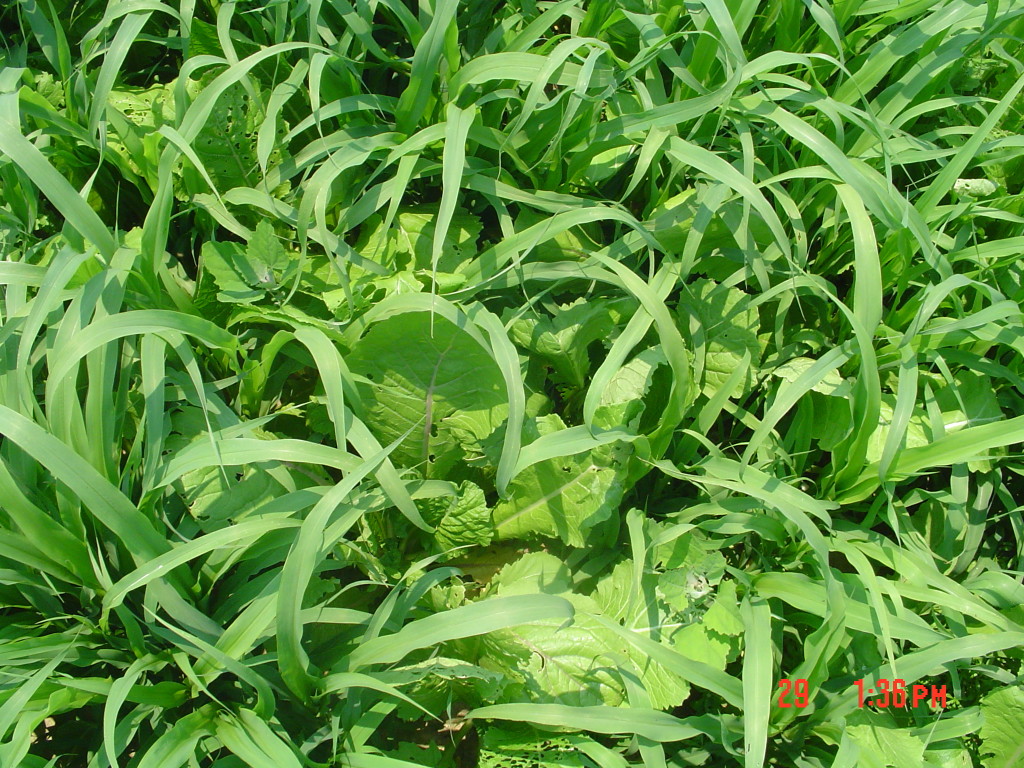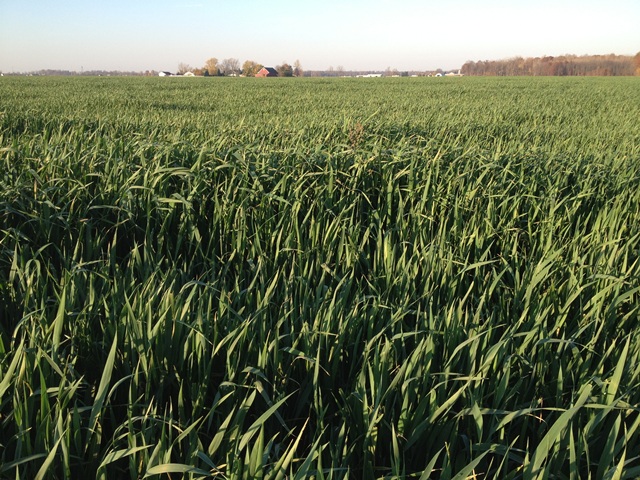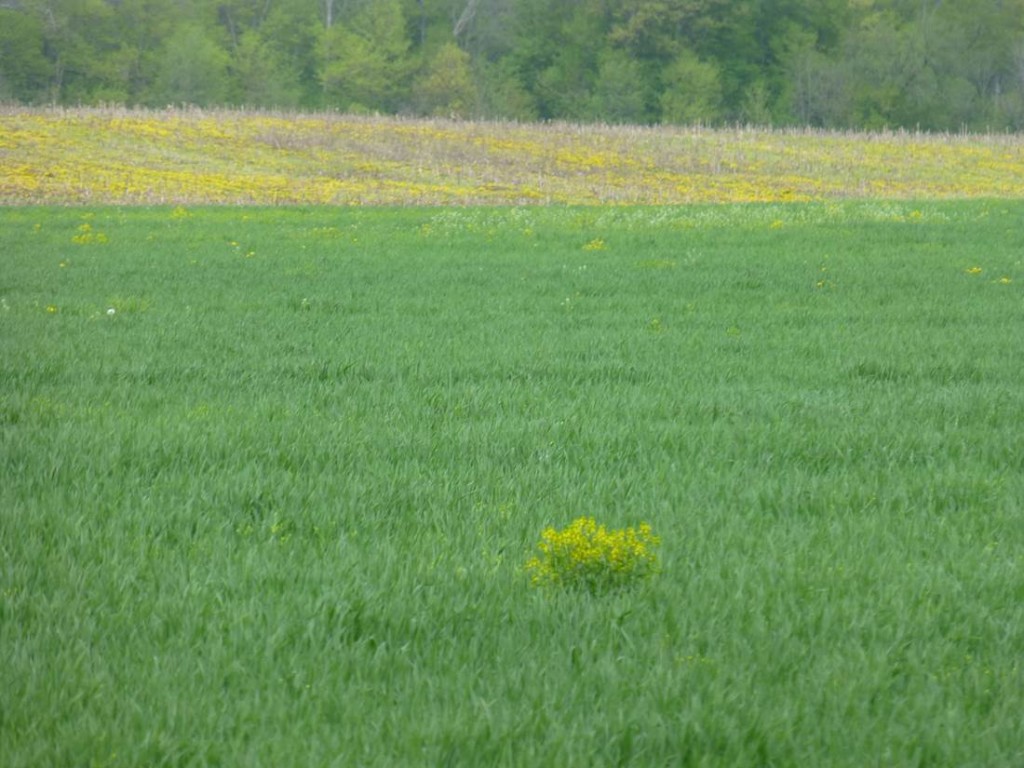Prevented Planting Seeding Options
I recorded this video a few weeks ago for the seed company I work for. After receiving numerous calls and e-mails asking for help on what to plant, I decided to put this presentation together. Many of the options I mentioned as being viable to plant in mid-June can still be planted in July. Please […]
Prevented Planting Seeding Options Read More »



